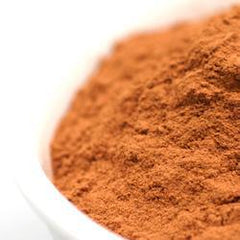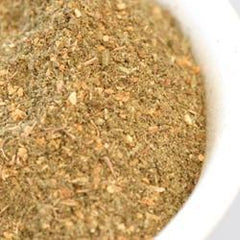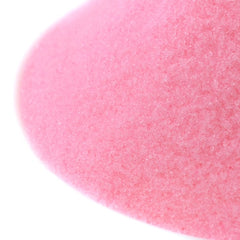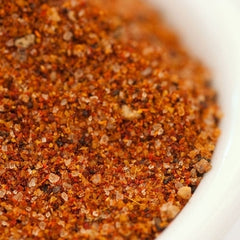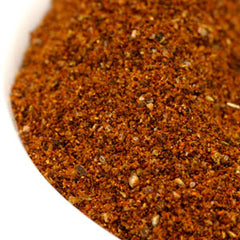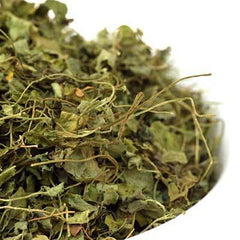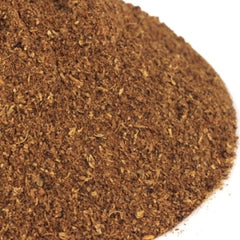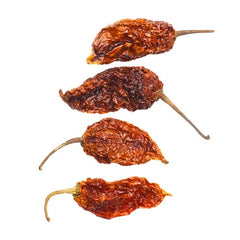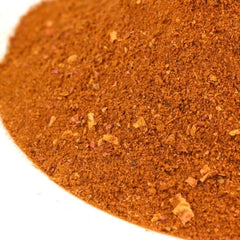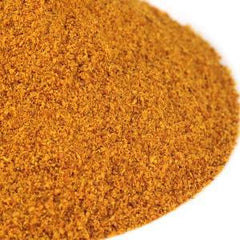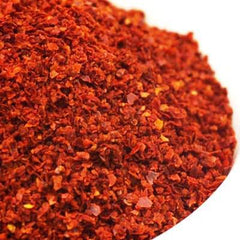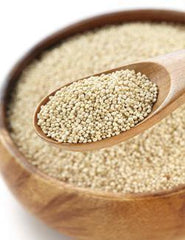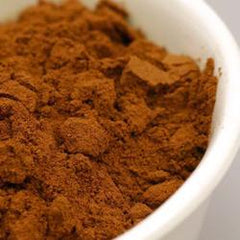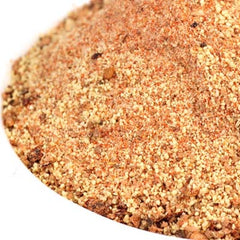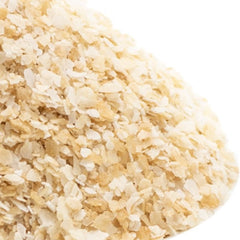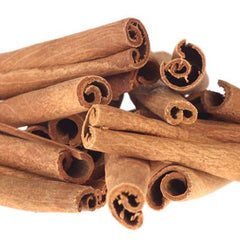Categories
- Cookware
- Bakeware
- Cutlery
- Coffee Machines and Accessories
- Smoked Cocktail and Food Tools
- Personal Care
- Wellness Mats
- Made In
- Kettles
- Greeting Cards
- Kikuichi Cutlery
- Marcato
- Smithey Ironware
- Cheese
- Funky Chunky
- Products of Scotland
- Meat N' Bone
- Millican Pecan
- Porter Road
- Xocolatl Small Batch Chocolates
- Heritage Steel
- Middleton Made Knives
- Diabetic Kitchen
- Chocolates
- Water Filtration Systems
- Copper State Forge
- Preparation, Organization & Storage
- Butcher Block/Cutting Boards
- Textiles, Towels and Aprons
- Fruit & Vegetable Tools
- Food
- Artisanal Spice Shop
- Brining, Basting & Roasting
- Tongs
- Cleaning & Sanitizing
- Spatulas & Turners
- Smoked Food Tools
- Ceramic & Glass
- Cheese Brothers
- Asheville Tea Company
- Coffee
- Specialty Tools
- Wine & Bar Accessories
- Seafood Tools
- Chocolates
- Coffee Makers
- Coffee & Tea Accessories
- Ladles, Whisks & Spoons
- Bitters & Mixers
- Grilling
- Measuring Cups & Spoons
- Serving Tools
- Zesters & Graters
- Coasters & Magnets
- Openers, Funnels & Strainers
- Oil & Vinegar
- Scales
- Temperature & Time
- Salt and Pepper Mills, Storage & Shakers
- Kitchen Appliances
- Bowls
- Flavoring & Food Coloring
- Vitamix
- Egg & Butter Tools
- Chef Apparel
- Anti-Fatigue Mats
- Jura
- Leather Accessories
Featured posts
Ground Cumin (ounce)
Cumin is pronounced "kuh-min" and is native to China, Egypt, India, Indonesia, the eastern Mediterranean, Syria and Turkey and today is also grown in Argentina, Iran and Mexico. In our ongoing effort to satisfy the most discerning home cooks, restaurant owners and Executive Chefs we've searched for the cumin with the highest oil content. Our dewhiskered whole cumin seed is grown in India. The scientific name for cumin is Cuminium cyminum. Cumin seeds are oval shaped and elongated with a ridged surface. They are greenish yellow, grayish or light brown in color and when ground cumin is brownish yellow to dark brown in color. When cumin is dry roasted it unleashes a more intense aroma. In Southern India it is often roasted in ghee or oil. Cumin's very distinctive flavor possesses an earthy, nutty, spicy taste with somewhat bitter undertones and a warm, penetrating aroma with hints of lemon. We recommend that cumin be used sparingly as it is quite potent. Cumin flourishes when used with beans, bread, cabbage, pungent cheeses, chicken, eggplant, lamb, lentils, onions, potatoes, rice, sauerkraut and squash. Cumin works well in combination with allspice, anise seed, brown mustard, cardamom, cinnamon, coriander, fennel, fenugreek, garlic, ginger, nutmeg, paprika, turmeric and yellow mustard.







